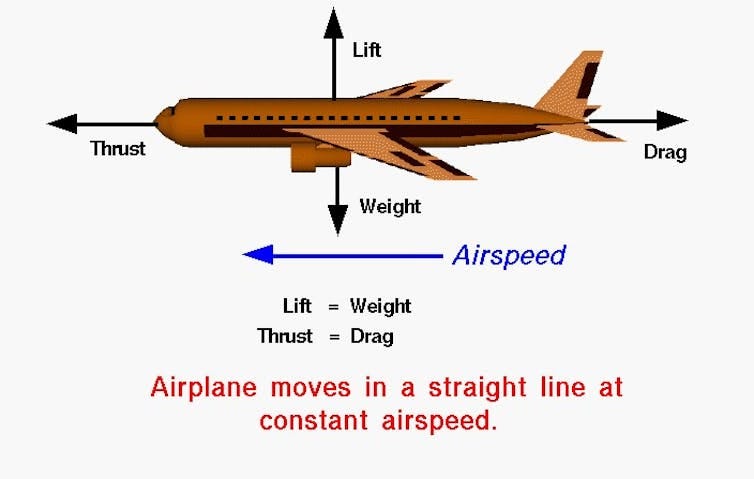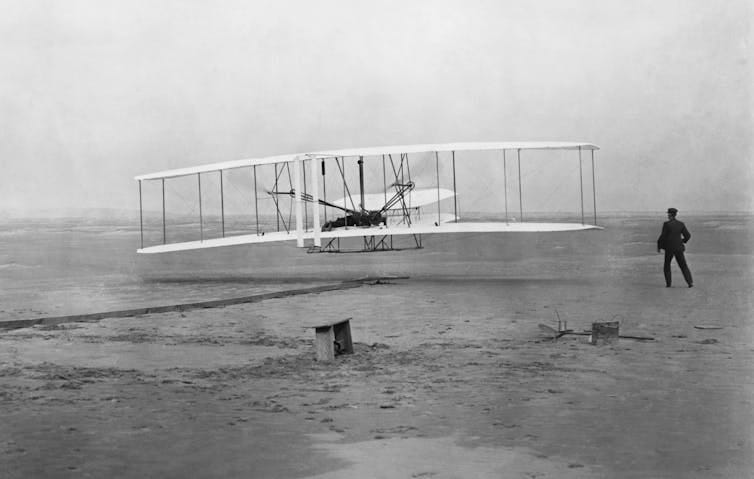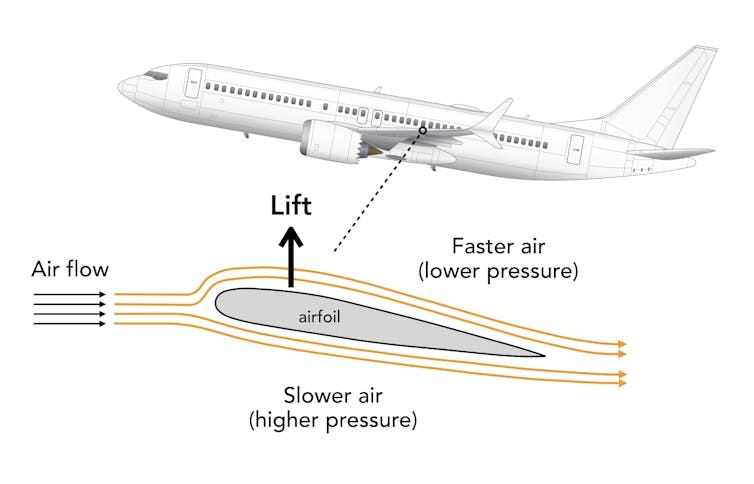The Enigma of Flight: Why Airplanes Soar Despite Unknowns
Written on
Chapter 1: The Marvel of Aviation
Air travel represents one of the greatest technological advancements of the 20th century. The invention of airplanes revolutionized global transportation, enabling people to traverse the globe in mere hours compared to weeks spent on boats or trains. However, the intricate mechanics behind why airplanes achieve flight continue to challenge aerospace engineers who specialize in designing aircraft, rockets, satellites, and more.
Our responsibility is to ensure that flying, whether through the atmosphere or in space, is safe and dependable. This is accomplished through the application of scientific principles and mathematical concepts, including computer simulations and experimental research. Thanks to these efforts, air travel remains the safest mode of transportation, outpacing cars, buses, trains, and boats. Yet, despite the advanced technology employed in aircraft design, several aspects of flight physics remain elusive.

The Fundamental Forces of Flight
When designing an airplane, engineers focus on four primary forces: weight, thrust, drag, and lift. These forces inform the aerodynamic shape of the aircraft, the dimensions of the wings, and the passenger capacity of the airplane.
For instance, during takeoff, the thrust must exceed drag, and lift must surpass weight. Observing an airplane's takeoff reveals the adjustment of wing flaps, which enhance lift but also increase drag, necessitating powerful engines to generate sufficient thrust. Once the aircraft reaches cruising altitude, lift must balance weight, and thrust must equal drag, allowing the pilot to retract the flaps and reduce engine power.
At its core, a force is defined by Newton’s Second Law, which states that force equals mass multiplied by acceleration (F = ma).

Understanding Gravity and Thrust
Gravity is a force that we encounter daily, grounding us and influencing our weight. When you step on a scale, it measures the gravitational force your body exerts. In flight, gravity pulls the airplane downward, representing its weight. Meanwhile, the engines generate thrust, propelling the airplane forward by drawing in air and expelling it rapidly, thus adhering to the principle of mass multiplied by acceleration.
According to Newton’s Third Law, every action has an equal and opposite reaction. Thus, as air exits the engines, it creates a reaction that propels the airplane forward. As the airplane navigates through the atmosphere, its shape displaces air, resulting in drag. You can experience a similar effect while swimming: paddling provides thrust, but halting your movements results in slowing down due to the drag from the water.

The Complexity of Lift
Lift, unlike weight, thrust, and drag, involves more intricate dynamics. Generated by the aircraft's wings, lift depends heavily on the wing's shape, known as an airfoil, which has curved surfaces on both the top and bottom. This design leads to differential air pressure: lower pressure on top compared to the bottom, resulting in lift.
Understanding the reasons behind this pressure difference is crucial for optimizing lift. Advancements in our comprehension of lift can lead to the design of more fuel-efficient airplanes, enhancing passenger comfort.

The Ongoing Mystery
Despite extensive research, the reasons for varying airspeeds around an airfoil remain a mystery, prompting ongoing investigation. Aerospace engineers have conducted wind tunnel tests and in-flight pressure measurements to model wing performance. Although we can manipulate wing shapes for desired lift characteristics, the fundamental physics of lift continues to elude complete understanding.
Mathematical models, particularly those involving circulation, enable engineers to predict airflow patterns around wings. Even without full comprehension of the underlying processes, we can create safe and efficient aircraft. If we can ultimately decipher why air moves differently across the wing, it may lead to the development of airplanes that are more fuel-efficient and environmentally friendly.
This article is derived from The Conversation, an independent nonprofit news platform committed to providing context for global events. Learn more about them or subscribe to their newsletter.
Craig Merrett receives funding from the Office of Naval Research and L3Harris. He is a licensed professional engineer in Ontario, Canada, and an associate professor at Clarkson University's Department of Mechanical and Aerospace Engineering.
Chapter 2: Exploring Aviation Mysteries
The first video, "Lost Cargo: The Mystery of Flight 19," delves into one of aviation's enduring enigmas, examining the circumstances surrounding Flight 19 and the unanswered questions that linger to this day.
The second video, "Unsolved Mysteries Of Aviation," explores various unresolved phenomena in aviation, shedding light on the unknown factors that continue to perplex engineers and scientists alike.